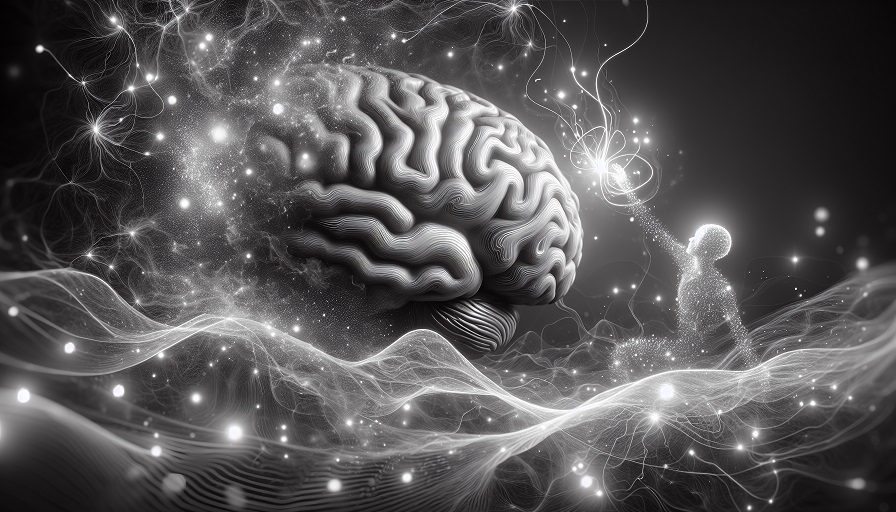
Rapid eye movement sleep is not a luxury feature. It helps tune emotion, integrate memories, and keep creativity from running dry. When REM is cut short or fragmented, people feel thin skinned and mentally flat. Supplements promise deeper, richer dreams and sharper mornings. Some can support the system that protects REM, others are overhyped or risky.
Contents
REM Sleep 101: Why It Matters
REM cycles build across the night, with longer episodes toward morning. During REM, the brain strengthens certain emotional and associative memories, while pruning noise. The body stays atonic, breathing becomes irregular, and temperature control drifts. Anything that stabilizes the circadian schedule, lowers evening stress, or avoids late stimulation can indirectly protect REM. Directly forcing more REM is rarely wise. The goal is intact architecture, not maxing a single stage.
Compounds With The Most Practical Signal
Melatonin: Clock First, Dreams Second
Melatonin is a timing hormone. It helps shift sleep onset earlier and improves total sleep time in people with delayed schedules or jet lag. Effects on the percentage of REM are inconsistent. Treat melatonin as a circadian tool that indirectly preserves normal REM, not as a dream amplifier.
- Dose: 0.3 to 1 milligram, 2 to 3 hours before target bedtime for phase advance. Higher doses do not guarantee better outcomes and can cause morning grogginess.
- Use cases: night owls trying to shift earlier, travelers crossing time zones, or shift workers on reset days.
- Watchouts: avoid stacking with strong sedatives. Keep lights dim after dosing, since bright light counters melatonin’s effect.
L Theanine: Smooths Arousal Without Sedation
Theanine reduces presleep tension and can improve subjective sleep quality. Direct REM stage changes are not consistent across trials, yet many users report fewer nighttime awakenings. That stability protects the latter third of the night when REM is most abundant.
- Dose: 100 to 200 milligrams, 30 to 60 minutes before bed.
- Pairs well with: caffeine cutoffs and a dark, cool room. If you use caffeine late, theanine will not fix that mistake.
Glycine: Thermoregulation For Easier Sleep
Glycine helps with core body temperature reduction and can improve sleep continuity in people who struggle to sleep. REM specific effects are modest, but steadier nights allow natural REM buildup.
- Dose: 3 grams, 30 to 60 minutes before bed, dissolved in water.
- Notes: generally well tolerated. If you wake to urinate, move the drink earlier in the evening.
Magnesium: Calming Support, Form Dependent
Magnesium bisglycinate and magnesium L threonate have the best tolerability for evening use. Several trials report better sleep quality, and some suggest improvements in deep or REM stages. The effect size is small to moderate and depends on baseline deficiency.
- Dose: 200 to 300 milligrams elemental magnesium, 1 to 2 hours before bed.
- Forms: bisglycinate for gut friendliness, L threonate when users prioritize cognitive complaints. Avoid oxide due to laxative effects.
Ashwagandha: Stress Buffer With Sleep Benefits
Standardized root extracts can reduce stress and improve sleep quality over several weeks. Effects on REM proportion are not well defined. The practical value is reduced hyperarousal, which spares late night REM from fragmentation.
- Dose: 300 to 600 milligrams daily, usually split morning and evening with the larger portion at night if drowsiness appears.
- Who benefits: high stress sleepers with light, broken nights. If you feel wired on it, stop the evening dose.
Compounds To Approach With Caution
5 HTP: Serotonin Is Not A Simple REM Lever
5 hydroxytryptophan can shift REM timing, and results vary with dose and clock time. Some studies report increased REM, others show suppression followed by rebound. It can help select clinical groups, yet the risk of interaction with antidepressants is real. If you already use an SSRI or SNRI, skip 5 HTP unless a clinician supervises the plan.
- Dose: often 50 to 200 milligrams in consumer products. Do not combine with serotonergic drugs or St. John’s wort.
- Risk profile: nausea, vivid dreams, and in rare cases serotonin toxicity when combined with other serotonergic agents.
Galantamine: REM Intensifier, Not A Sleep Aid
Galantamine, an acetylcholinesterase inhibitor, can intensify REM and increase lucid dream frequency when used with specific protocols. It is also notorious for sleep disruption, nausea, and lingering grogginess in sensitive users. Treat it as a research tool for lucid dreaming enthusiasts, not a nightly optimizer.
- Dose: 4 to 8 milligrams, used sparingly and never near your regular bedtime schedule.
- Warnings: avoid if you have bradycardia, active ulcers, GI disorders, or you are on interacting medications. Do not stack with other cholinergics.
Key Takeaways
- Protect your sleep architecture first. Timing, light, temperature, and caffeine control do more for REM than any capsule.
- Melatonin aligns the clock, theanine and glycine reduce arousal, magnesium supports continuity, and ashwagandha can buffer stress. Together they can protect late night REM without forcing it.
- 5 HTP and galantamine manipulate REM more directly, yet they carry risks and should not be routine tools for sleep quality.
- Track outcomes for two weeks before judging. Keep what clearly helps, and drop what does not.

